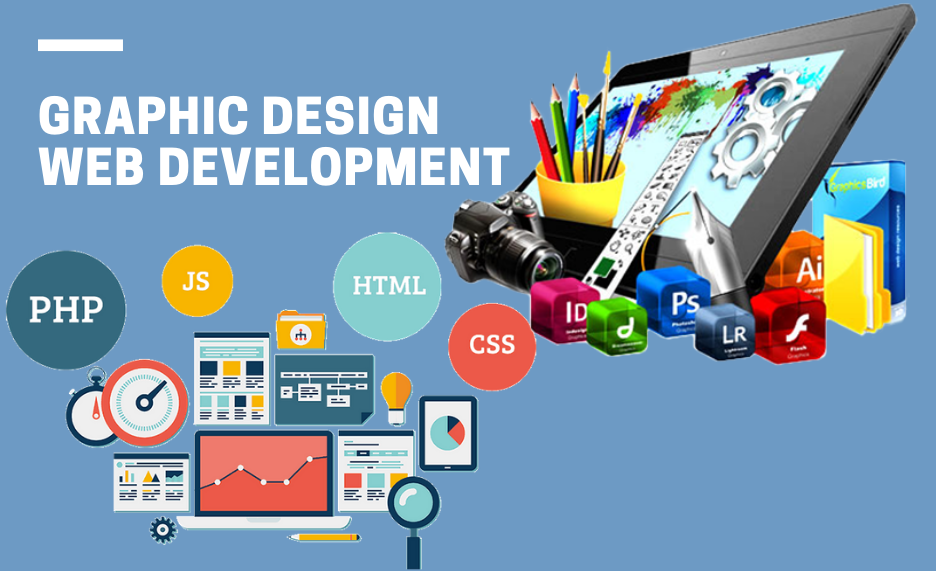The Bernard Rodriguez Journal
Exploring the latest trends and stories in news and lifestyle.
Designing Delight: Crafting Web Graphics That Wow
Unleash your creativity! Discover tips to create stunning web graphics that captivate and engage your audience. Dive in now!
The Psychology of Color in Web Design: How to Evoke Emotion Through Graphics
The psychology of color plays a crucial role in web design, as it influences users' emotions and behaviors. Different colors evoke different feelings; for instance, blue often communicates trust and reliability, making it a popular choice for corporate websites. In contrast, red is associated with passion and urgency, which can be effective for call-to-action buttons or promotional offers. Understanding the emotional implications of colors allows designers to create more engaging and effective user experiences by aligning their color choices with the desired emotional response.
In order to harness the full potential of color in web design, it's important to consider not just individual colors but also their combinations. A harmonious color palette can enhance the overall aesthetic and guide visitors through the site smoothly, while clashing colors can create confusion and frustration. Utilizing tools like the color wheel and contrast checkers can aid designers in selecting complementary colors that resonate with their target audience. Ultimately, the thoughtful application of color not only enhances visual appeal but also strengthens brand identity and encourages user engagement.

10 Essential Design Principles for Creating Stunning Web Graphics
Creating stunning web graphics requires a solid understanding of the fundamental design principles that can elevate your work. One of the essential principles is contrast, which helps emphasize important elements and guide users' attention. By utilizing contrasting colors, sizes, and shapes, you can create a visual hierarchy that is both engaging and easy to navigate. Another key principle is balance: achieving a visual equilibrium among elements to ensure the overall design feels harmonious. This can be achieved through symmetrical or asymmetrical layouts, depending on the desired effect.
In addition to contrast and balance, understanding alignment is crucial for creating polished web graphics. Proper alignment ensures that every element is positioned in a way that enhances the overall composition, making it more aesthetically pleasing. Furthermore, the principle of repetition reinforces your visual identity—by consistently using colors, shapes, and fonts, you create a cohesive look that users can easily recognize. Finally, remember that white space is not just empty space, but an essential design tool that helps to breathe life into your graphics, allowing each element to stand out without overwhelming the viewer.
How to Optimize Graphics for Web Performance Without Sacrificing Quality
Optimizing graphics for web performance is crucial for delivering a seamless user experience. To begin with, you should choose the right file format for your images. Formats like JPEG are ideal for photographs due to their ability to compress large file sizes while maintaining acceptable quality, whereas PNG or SVG are better for logos and graphics that require transparency. Additionally, consider using the WebP format, which offers superior compression rates and quality retention compared to traditional formats. This approach not only helps improve page load times but also enhances your site's overall SEO performance.
Another effective strategy is to implement lazy loading, which allows images to load only when they come into the viewport. This technique significantly reduces the initial load time of your web pages, ultimately leading to better user engagement and lower bounce rates. Furthermore, you can combine image optimization tools and plugins to automate compression and resizing based on specific device requirements. By doing so, you ensure that your images look great without sacrificing quality, thereby improving your site's overall performance and search engine rankings.